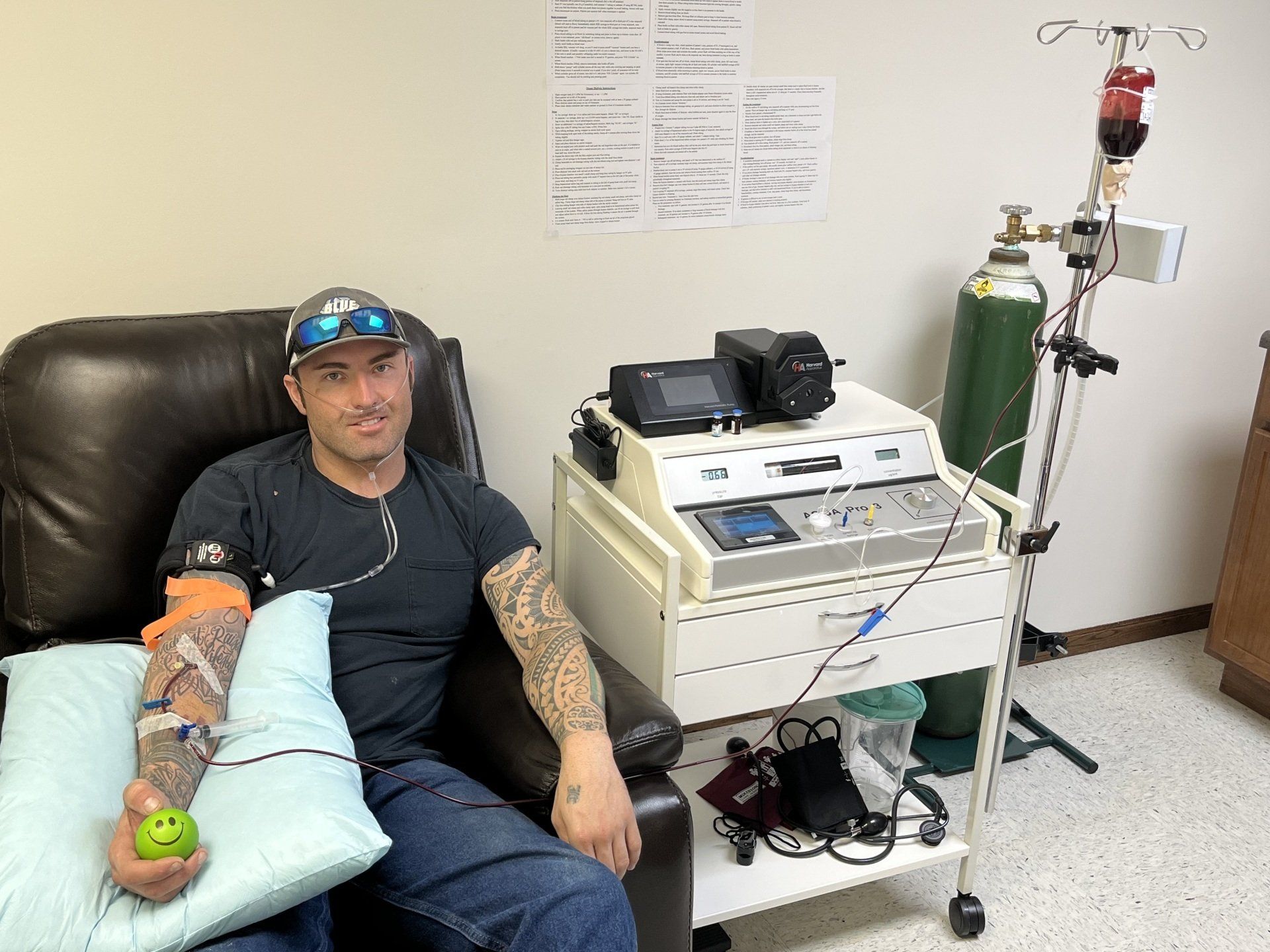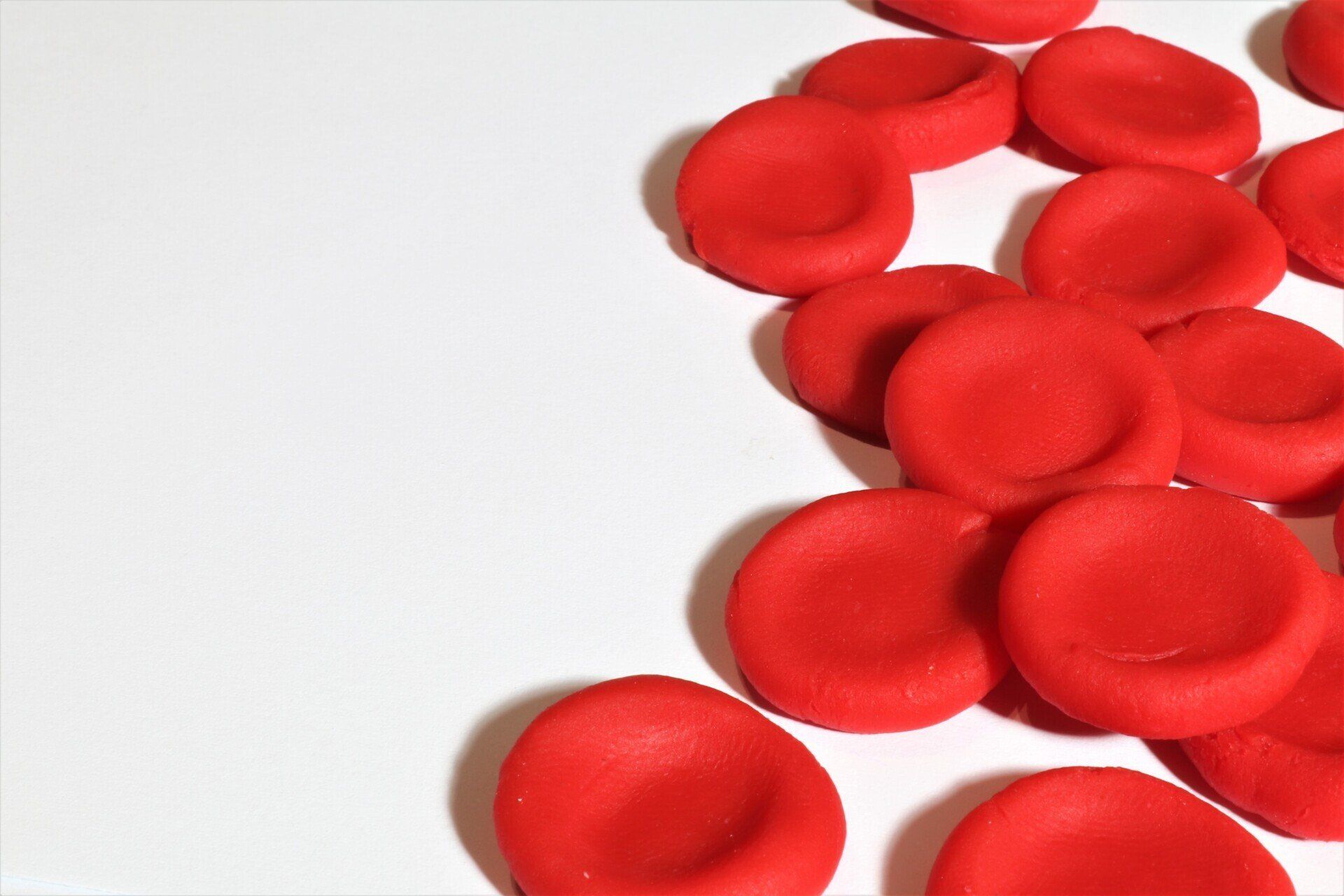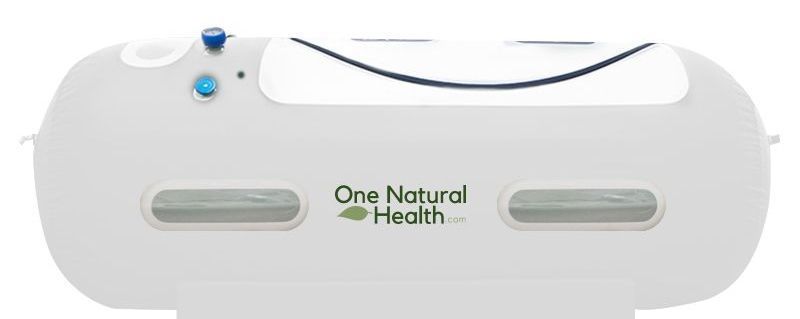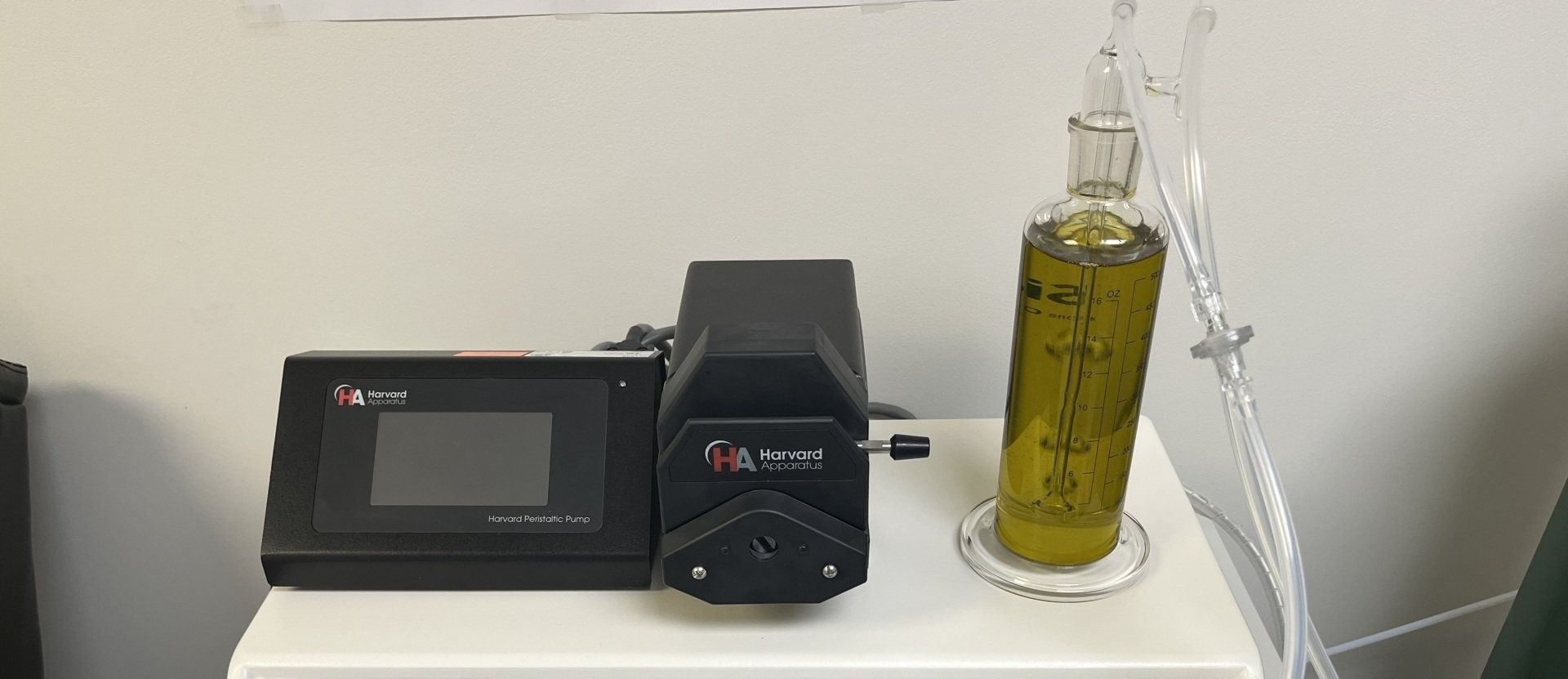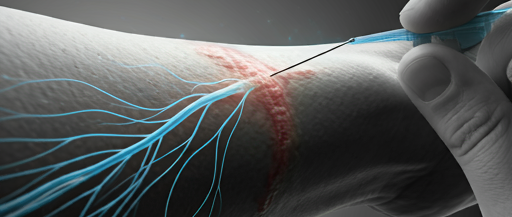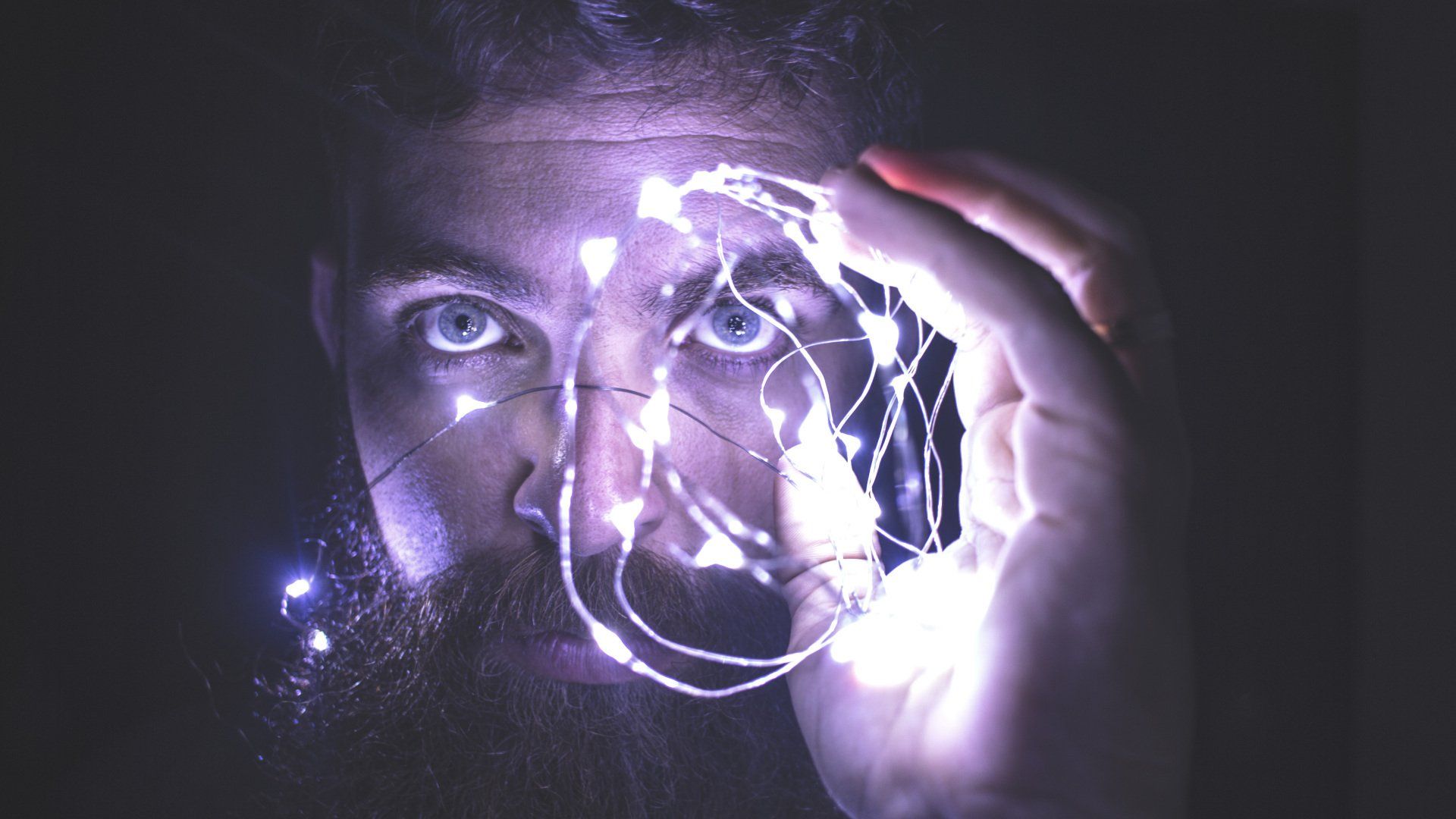AUTISM, DEVELOPMENTAL DELAY AND ASPERGER'S
Autism is characterized by inflammation, immune dysregulation caused by oxidative stress, reduced supply of antioxidants, and increased risk of infection. Ozone Therapy improves these issues with its long-term anti-inflammatory and immunomodulatory anti-viral, anti-fungal as well as antibacterial qualities. It aids in stimulating internal antioxidants that are made by the body on a continual basis, which reduces the oxidative damage on cell level.
Ozone helps with gastrointestinal tract issues, dysregulated immune systems, as well as the endocrine (hormonal) mechanisms, while improving symptoms of anxiety, sleep, aggression and speech.
What are the methods of ozone therapy?
For children particularly, ozone can be administered to the ear (in-ear insufflation) as well as in rectally (bag insufflation) or intravenously if the child has large enough veins. Ozone therapy for autism must only be done under medical supervision. This precaution is due to ensuring that detoxification pathways in Autistic children are truly open, where toxins and heavy metals can struggle to leave the body. We also do dietary changes along with herbal antivirals that are microbiome balancing. Certain autistic patients are good candidates for adjunctive sound and light therapies along with other treatments also.
What are the possible side consequences of Ozone Therapy
When administered correctly ozone therapy rarely causes serious adverse negative effects
Concluding with Supportive Therapies
Detoxification with infrared sauna, lemon water, and high fiber foods is vital. Autistic children often improve greatly on a ketogenic diet, which is challenging as most families grapple with the thought of removing grains, sugars, processed foods, and even most fruits from the pantry and refrigerator. Warm water enemas and coffee enemas both aid in detoxification, especially of heavy metal reduction which is an issue in a subset of autistic patients.
References
- Karima H. Minor ozonated autohemotherapy in a 2 year old boy with speech delay and cytomegalovirus infection: a case report. Ozone Therapy Global Journal. 2018 May 22;8(1):165-9.
- Siniscalco D, Luongo C (2015) Research Hypothesis in Autism: The Role of Therapeutical Ozone. Autism Open Access 5: e129.
- Bocci V. Oxygen-ozone therapy: a critical evaluation. Springer Science & Business Media; 2002 Apr 30.
- Di Paolo N, Bocci V, Gaggiotti E. Ozone therapy. The International journal of artificial organs. 2004 Mar;27(3):168-75.
- Bocci V. The Clinical Application of Ozonetherapy. OZONE. 2010 Sep 24:97–232.
- Tom Seymour - Medicalnewstoday articles 320759 May 10, 2020
Learn More About Ozone Therapies
Come to One Natural Health in Lincoln, Nebraska, call us at 402-858-8131
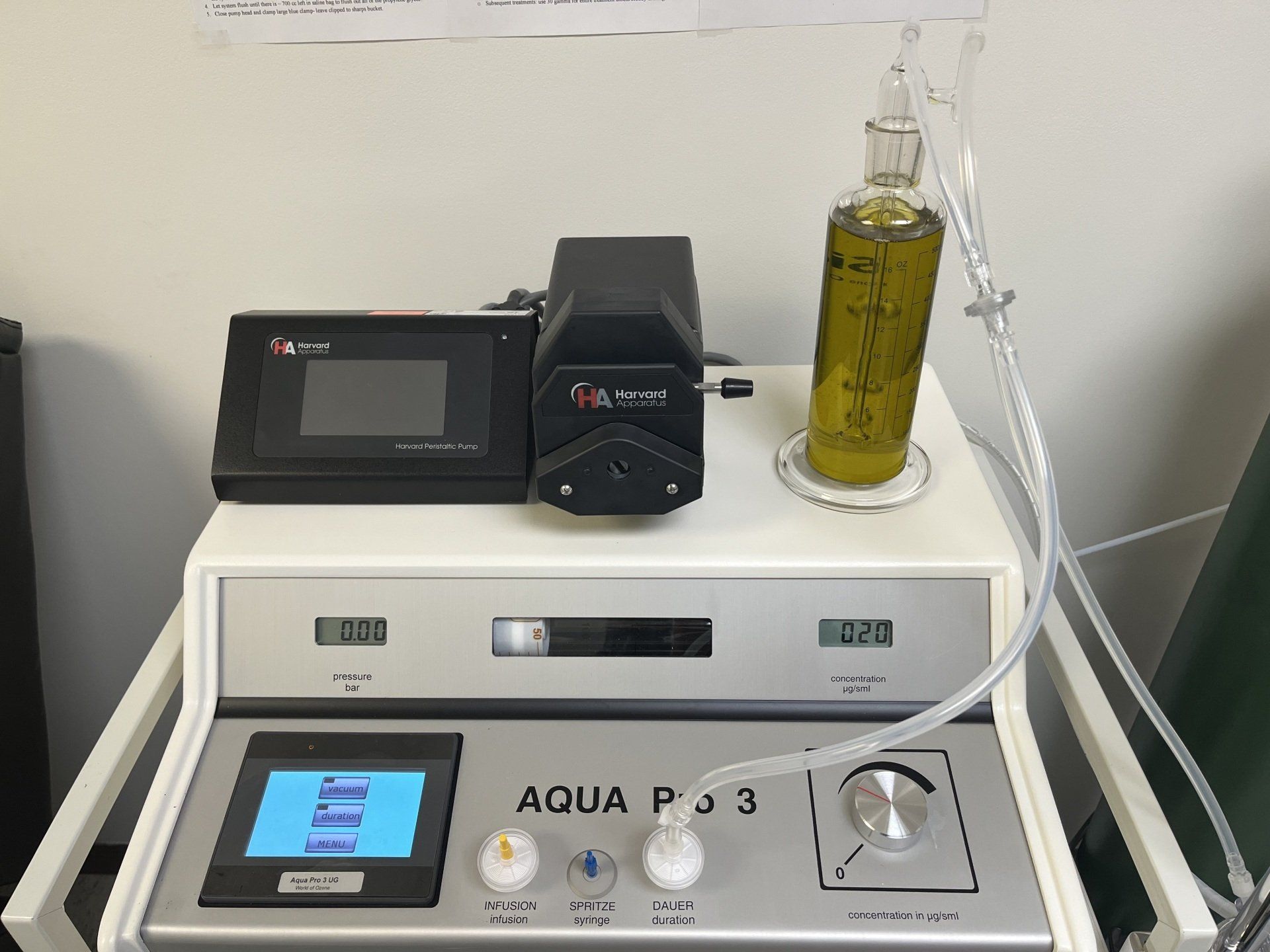
Treatment in Autism and Aspergers
What are the methods of ozone therapy?
For children particularly, ozone is administered to the ear (in-ear insufflation) as well as in rectally (Rectal insufflation) or intravenously, if the child has large enough venous access. It is recommended to first consult your ozone practitioner and when recommended ozone therapy should only be done under medical supervision.
What are possible side effects of Ozone Therapy
When administered correctly ozone therapy rarely causes any serious adverse negative effects

Research Hypothesis in Autism: The Role of Therapeutical Ozone
Dario Siniscalco1,2,3* and Carlo Luongo4
1Department of Experimental Medicine, Second University of Naples, Italy
2Centre for Autism – La Forza del Silenzio, Caserta, Italy
3Cancellautismo – No Profit Association for Autism Care, Florence, Italy
4Department of Anaesthetics, Surgical and Emergency Science, Second University of Naples, Italy
*Corresponding Author: Dario Siniscalco, Department of Experimental Medicine, Second University of Naples, Via S. Maria, Di Costantinopoli, 16 - 80138 Napoli, Italy, Tel: +39 (0)81 5665880, Fax: +39 (0)81 5667503 Email:
Newest findings in molecular and cellular pathways have been achieved in autism research, opening new platforms and strategies for novel, patient-designed treatments [1,2].
Ozone(O3) is a molecule consisting of three atoms of oxygen in a dynamically unstable structure due to the presence of mesomeric states [3]. In air pollution, ozone shows dangerous effects, however nowadays many clinicians consider it as beneficial tool to restore body damages. By a therapeutical approach, ozone is a gas constituting by an ozone and oxygen mixture with a great oxidative power. Oxygen-Ozone therapy is a new, non-invasive technique currently being used for several diseases (i.e. myocardial infarction, neuropathic pain, vasculogenesis) [4], in which a strongly involved of inflammation processes is required. Indeed, ozone mixture shows anti-inflammatory, antalgic, antibacterial and virustatic effects.
Ozone shows long-term anti-inflammatory effects and it has been proposed as an antioxidant enzymeactivator, immune modulator, and cellular metabolic activator [5]. Indeed, several experimental and clinical evidences have shown advantageous effects of oxygen/ozone therapy in several pathologies characterized by a cellular oxidative and inflammatory response, including renal injury, cardiopathy, atherosclerosis and septic shock [6]. Very interesting, ozone is able to decrease pro-inflammatory cytokines and neurotrophic factors production (i.e. Il-1b, Il-2, BDNF) without toxicity or serious side effects [7].
Autism is characterized by a coexistent immune system dysregulation [8]. Alterations in both T cell- and B cell-mediated immunity, as well as an imbalance in CD3+, CD4+, and CD8+ T cells and natural killer (NK) cells, and increased expression of genes that regulate inflammatory mechanisms have been demonstrated [9,10].
On these bases, the regulatory effects mediated by ozone mixture could represent an optimal way to restore immune balance in autism, which cannot otherwise be obtained through pharmaceutical interventions. Its property in decreasing inflammatory mediators could be useful as non-specific immunomodulation therapy for autistic patients.
Currently, there are no pre-clinical or clinical studies on the use of therapeutical ozone in autism treatment. This editorial is a work hypothesis to further stimulate research and possible application in this interesting topic. Exact dose, ozone concentration, as well as administration sites will need of a deep and exhaustive studies and experimental data.
References
Canitano R (2012) Novel treatments in autism spectrum disorders: From synaptic dysfunction to experimental therapeutics. Behav Brain Res S0166-S4328.
Siniscalco D (2013) Current Findings and Research Prospective in Autism Spectrum Disorders. Autism S2:e001
Elvis AM, Ekta JS (2011) Ozone therapy: A clinical review. J Nat SciBiol Med. 2: 66–70.
Guanche D, Zamora Z, Hernández F, Mena K, Alonso Y, Roda M, Gonzáles M, Gonzales R (2010) Effect of ozone/oxygen mixture on systemic oxidative stress and organic damage. Toxicol Mech Methods. 20: 25-30.
Guven A, Gundogdu G, Vurucu S, Uysal B et al. (2009) Medical ozone therapy reduces oxidative stress and intestinal damage in an experimental model of necrotizing enterocolitis in neonatal rats. J Pediatr Surg. 44:1730-1735.
Hernandez F, Menendez S, Wong R (1995) Decrease of blood cholesterol and stimulation of antioxidative response in cardiopathy patients treated with endovenous ozone therapy. Free Radic. Biol. Med. 19:115–119.
Fuccio C, Luongo C, Capodanno P, Giordano C, Scafuro MA et al. (2009) A single subcutaneous injection of ozone prevents allodynia and decreases the over-expression of pro-inflammatory caspases in the orbito-frontal cortex of neuropathic mice. Eur J Pharmacol. 603: 42-49.
Siniscalco D, Bradstreet JJ, Sych N, Antonucci N (2014) Mesenchymal stem cells in treating autism: Novel insights. World J Stem Cells. 6: 173-178.
Gupta S (2000) Immunological treatments for autism. J Autism Dev Disord 30: 475-479.
Siniscalco D, Sapone A, Giordano C, Cirillo A, de Magistris L et al. (2013) Cannabinoid receptor type 2, but not type 1, is up-regulated in peripheral blood mononuclear cells of children affected by autistic disorders. J Autism DevDisord. 43: 2686-2695.
Citation: Siniscalco D, Luongo C (2015) Research Hypothesis in Autism: The Role of Therapeutical Ozone. Autism Open Access 5:e129.
Copyright: © 2015 Siniscalco D, ET AL. This is an open-access article distributed under the terms of the Creative Commons Attribution License, which permits unrestricted use, distribution, and reproduction in any medium, provided the original author and source are credited.

PERSONALIZED MEDICAL PROGRAM FOR EVALUATION AND TREATMENT OF AUTISM SPECTRUM DISORDER
Source: Cuba Heal Medical
Autism Spectrum Disorder (ASD) represents a complex disorder requiring multidisciplinary and individual treatment approach for each child. This program offers multiple treatment modalities including equine therapy, sensorial stimulation techniques, occupational therapy, language therapy, Ozone Treatment as well as trans-cranial electric stimulation
Tags# ozone autism, ozone and autism, ozone therapy autism, ear insufflation ozone, ozone ear insufflation side effects, ozone therapy for autism, ozone water autism, homeopathy autism, ozone rectal insufflation benefits, best homeopathy medicine for speech delay in autism, lyme and ozone, ozone therapy for lyme disease, homeopathy for autism, ozone therapy cures autism, rectal ozone insufflation benefits, ozone therapy machine, treating autism with homeopathy, how does ozone therapy work, ozone lyme disease, iv ozone autism, ozonated oil autism, ozonated water and autism, ozone therapy and autism, ozone therapy cures autism, ozone treatment and autism
Disclaimer: The information provided is for general knowledge and is not a substitute for individual medical advice. Consult your provider before starting a medical program, or treatment. Any action you take upon the information within this content is strictly at your own risk. One Natural health is not liable for any damages or losses in connection with the content on this website or publications. By accepting our services you agree to our Medical Terms of Service and HIPAA practices. One Natural Health: Experts in regenerative medicine of PRP and Stem Cell Therapy.
CLINIC HOURS
- Mon, Thu
- Closed
- Tue - Wed
- -
- Friday
- -
- Saturday
- -
- Sunday
- Closed
Terms of Service


